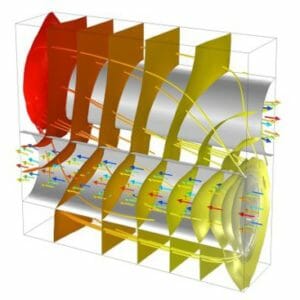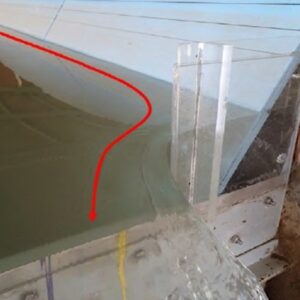E – 1622 Designing Foundations for Coastal Regions
$100.00
Courses Included
This course provides general guidance on designing foundations in a coastal environment and is not intended to provide complete guidance on foundation design in every coastal area. Design professionals should consult other guidance documents, codes, and standards as needed.
Design considerations for foundations in coastal environments are in many ways similar to those in inland areas. Like all foundations, coastal foundations must support gravity loads, resist uplift and lateral loads, and maintain lateral and vertical load path continuity from the elevated building to the soils below.
Foundations in coastal areas are different in that they must generally resist higher winds, function in a corrosive environment, and withstand the environmental aspects that are unique to coastal areas: storm surges, rapidly moving floodwaters, wave action, and scour and erosion. These aspects can make coastal flooding more damaging than inland flooding.
Description
This course provides general guidance on designing foundations in a coastal environment and is not intended to provide complete guidance on foundation design in every coastal area. Design professionals should consult other guidance documents, codes, and standards as needed.
Design considerations for foundations in coastal environments are in many ways similar to those in inland areas. Like all foundations, coastal foundations must support gravity loads, resist uplift and lateral loads, and maintain lateral and vertical load path continuity from the elevated building to the soils below.
Foundations in coastal areas are different in that they must generally resist higher winds, function in a corrosive environment, and withstand the environmental aspects that are unique to coastal areas: storm surges, rapidly moving floodwaters, wave action, and scour and erosion. These aspects can make coastal flooding more damaging than inland flooding.
- Foundation Design Criteria
- Foundation Styles: Open, Closed, Shallow, Deep
- Foundation Design Requirements and Recommendations
- Site Considerations and Soil Data
- Major Steps in the Design and Analysis Process
- Use of Pile and Pier Foundations
- Pile Installation Methods
- Lateral, Compressive/Tension, Uplift/Overturning Loading on Piles and Piers
- Scour and Erosion Effects on Pile Foundations
- Use of Grade Beams for Pile Foundations
- Diagonal and Knee Bracing
- Wood vs Steel vs Concrete
- Field Preservative Treatment of Timber Pilings






